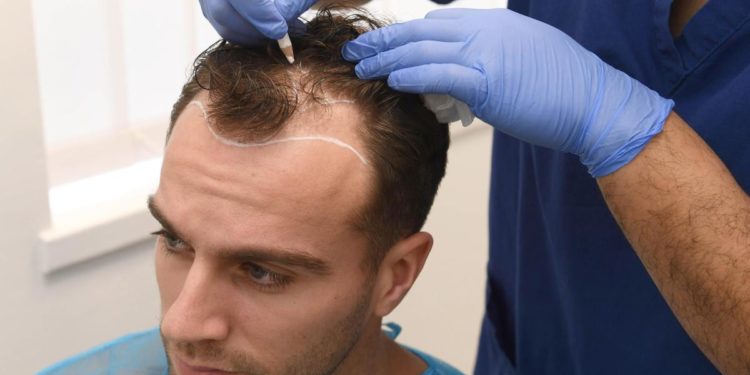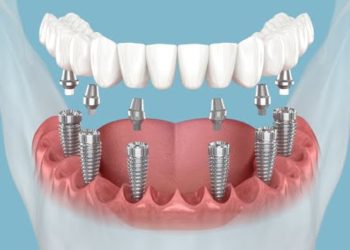If you’re considering a hair transplant, you’re probably eager to know when you’ll see results. After all, the decision to undergo hair transplant surgery is significant, and you want to ensure it’s worth the investment. This article will guide you through the timeline of hair transplant results, helping you understand what to expect in the weeks, months, and years following your procedure.
Understanding Hair Transplant Surgery
Before we discuss hair transplant results, let’s briefly cover what the procedure entails. Hair transplant surgery involves moving hair follicles from areas of dense growth (typically the back and sides of the head) to areas experiencing thinning or baldness. This process takes advantage of the fact that some hair follicles are genetically resistant to balding.
There are two main techniques used in hair transplant surgery:
- Follicular Unit Transplantation (FUT): A strip of scalp is removed from the donor area, and individual follicular units are extracted from this strip.
- Follicular Unit Extraction (FUE): Individual follicular units are extracted directly from the scalp.
Both methods can produce natural-looking hair transplant results, but the recovery process and scarring can differ.
The Immediate Aftermath: Days 1-5
Right after your hair transplant surgery, you might be tempted to look in the mirror and expect to see a full head of hair. However, the reality is quite different. Here’s what you can expect in the first few days:
Day of Surgery
Immediately after the procedure, your scalp will be covered with tiny incisions where the hair follicles have been transplanted. The area might look red and swollen. Your surgeon will likely cover your scalp with bandages to protect it.
Days 1-3
The donor and recipient areas may feel sore and tender. You might experience some swelling, which can sometimes extend to your forehead and around your eyes. This is normal and usually subsides within a few days.
Days 4-5
By this time, any swelling should start to decrease. The transplanted area will have small scabs around each follicle, which is part of the normal healing process.
The Shedding Phase: Weeks 2-8
Many people are alarmed when they start to see their newly transplanted hair falling out around 2-3 weeks after the surgery. This is actually a normal and expected part of the process.
Why Does Shedding Happen?
When hair follicles are transplanted, they go into a state of shock. This causes them to release the hair shaft and enter a dormant phase. It’s important to understand that while the visible hair falls out, the follicle remains alive beneath the surface of your scalp.
What to Expect During Shedding
Most of the transplanted hairs will fall out during this period. Your scalp might look similar to how it did before the transplant or even slightly worse due to redness and scabbing. This can be disheartening, but remember: it’s temporary and part of the process towards your final hair transplant results.
The Dormant Phase: Months 2-4
After the shedding phase, you’ll enter what’s often called the “ugly duckling” stage of hair transplant recovery. Here’s what happens:
Scalp Appearance
Your scalp will have healed from the procedure, but you won’t see much hair growth yet. The transplanted follicles are alive but dormant.
Existing Hair
Your non-transplanted hair will continue to grow normally during this time.
Patience is Key
This phase can be frustrating for many patients, as it might seem like the transplant didn’t work. However, this dormant period is crucial for the future growth of your transplanted hair.
Early Growth Phase: Months 3-6
Around the 3-month mark, you’ll start to see the first signs of growth from your transplanted follicles. This is when hair transplant surgery results begin to become visible.
New Growth Characteristics
The new hair growth might initially appear thin or wispy. This is normal – the hairs will thicken over time.
Uneven Growth
You might notice that some areas grow faster than others. Hair growth can be unpredictable and doesn’t always happen uniformly across the transplanted area.
Continued Improvement
As you progress through this phase, you’ll see more and more new hairs emerging. By month 6, many patients start to feel more confident about their appearance.
The Maturation Phase: Months 6-12
This is when the most dramatic changes in your hair transplant results occur.
Hair Thickness
The new hairs will continue to grow and thicken during this time. They’ll begin to blend more naturally with your existing hair.
Hair Length
As your new hair grows longer, you’ll have more styling options. Many patients feel comfortable getting a haircut around the 6-8 month mark.
Visible Improvement
By the end of this phase, you should see a significant improvement in your hair’s thickness and coverage. However, your final results are still developing.
Final Results: 12-18 Months
Most surgeons consider the 12-18 month mark to be when you’ll see your final hair transplant results.
Full Growth
By this time, all transplanted hairs should have grown in. They will have reached their full thickness and length.
Natural Appearance
The transplanted hair will be indistinguishable from your natural hair. It will grow at the same rate and have the same characteristics as your other hair.
Styling Options
You’ll have a full range of styling options available to you, just as you would with natural hair.
Factors Affecting Hair Transplant Results
While the timeline above is typical for many patients, several factors can influence how quickly you see results and how dramatic those results are:
- Surgeon Skill: The experience and skill of your surgeon play a crucial role in the quality of your results. A skilled surgeon will create a natural-looking hairline and ensure proper graft placement for optimal growth.
- Number of Grafts: The number of hair grafts transplanted can affect how long it takes to see full results. Larger transplants might take longer to fully grow in.
- Your Natural Hair Characteristics: Your hair’s natural color, texture, and thickness can impact how noticeable your results are at different stages.
- Post-Operative Care: Following your surgeon’s instructions for care after the procedure can help ensure optimal healing and growth.
- Your Overall Health: Factors like diet, stress levels, and overall health can influence hair growth and the quality of your results.
Long-Term Outlook
Hair transplant results are generally long-lasting. The transplanted hair is resistant to the hormone that causes male pattern baldness, so it should continue to grow for many years.
However, it’s important to remember that hair loss can continue in non-transplanted areas. Some patients choose to use medications like finasteride or minoxidil to help maintain their non-transplanted hair.
Additionally, some patients opt for further transplant procedures in the future to address ongoing hair loss or to increase density in previously transplanted areas.
Managing Expectations
While hair transplants can produce remarkable results, it’s crucial to have realistic expectations. Here are some points to keep in mind:
- Results take time. Don’t expect to see your final results for at least a year after the procedure.
- Hair transplants can’t create hair where there are no follicles. They redistribute existing hair to areas of thinning or baldness.
- The quality of your results depends on various factors, including the skill of your surgeon and the characteristics of your donor hair.
- While transplanted hair is permanent, natural hair loss may continue in non-transplanted areas.
Conclusion
Hair transplant surgery results don’t appear overnight. The process from surgery to final results typically takes 12-18 months, with various stages of healing and growth along the way. While the wait can be challenging, many patients find the final results well worth it.
If you’re considering a hair transplant, it’s crucial to choose a reputable, experienced surgeon. They can provide a realistic assessment of what results you can expect based on your individual case.
Remember, everyone’s hair growth journey is unique. While this timeline provides a general guide, your personal experience may vary. Patience and proper care are key to achieving the best possible hair transplant results.












































































